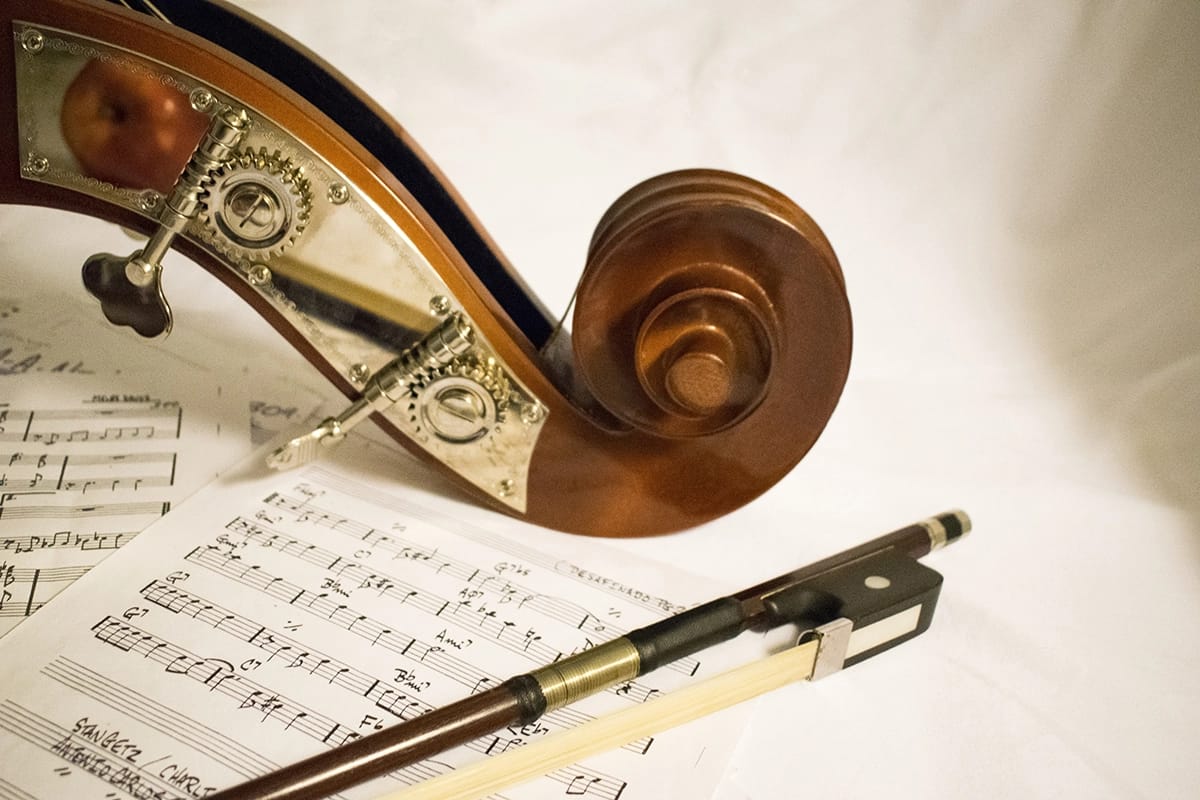
KUSC’s Alan Chapman has a lot to say about music, but can he say it in 60 seconds? That’s the Chapman Challenge. We ask a question and Alan has a minute to answer it.
Today’s question comes from John Jaeger in Irvine who would like a concise explanation of opus numbers.
But are the numbers a clear indicator of the order in which pieces were composed? Not necessarily. Sometimes the numbers are attached by composers, sometimes by publishers. And publishers have been known to boost sales by giving high numbers to early works, suggesting that they’re by a composer who has hit his stride.
One other thing: Opus One is hardly ever the first piece a composer wrote, but Elgar offers an interesting case. When he was eleven, he and his siblings put on a play for which he wrote a few simple tunes which were preserved in his sketchbook. Forty years later he turned those tunes into his two Wand of Youth suites, which he labeled Opus 1a and 1b.
That’s today’s Chapman Challenge. Is there a question you’d like to have answered in 60 seconds? Let us know.







